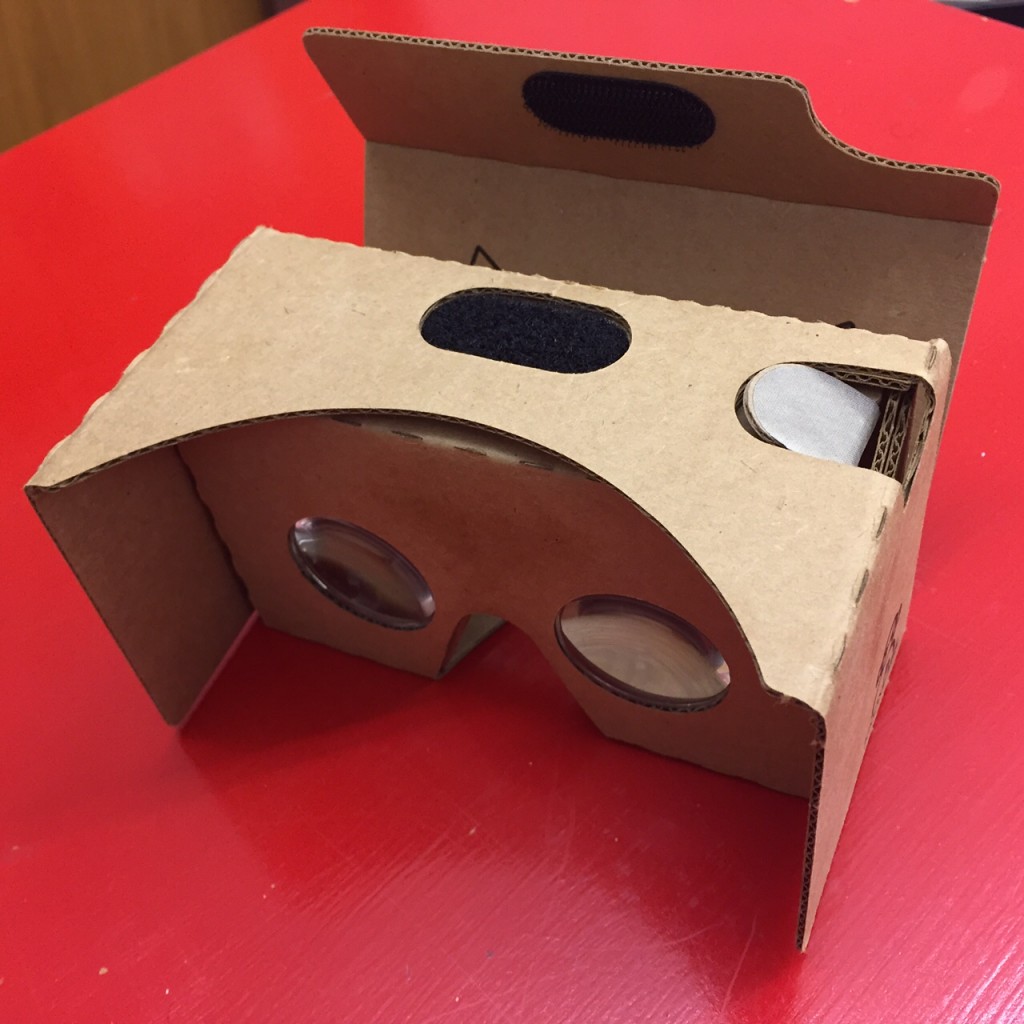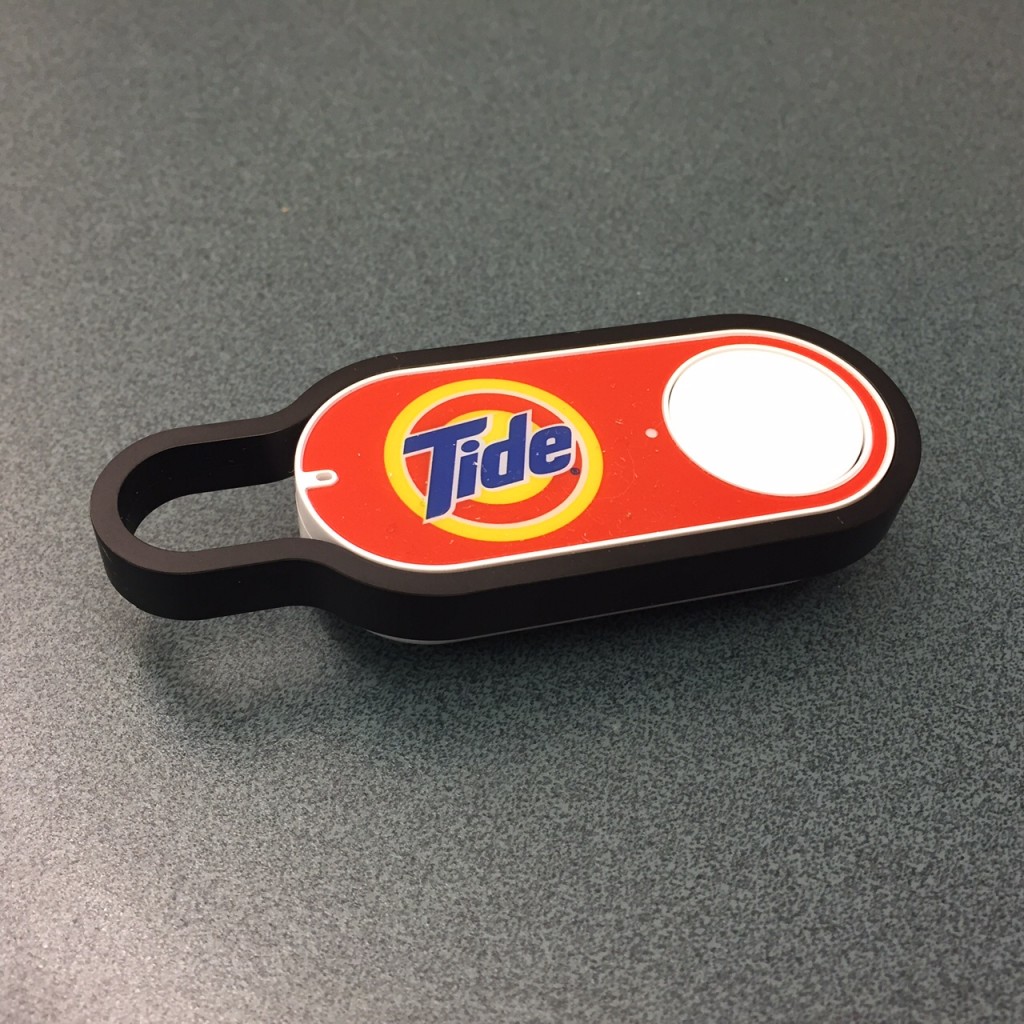Prepare Your Classroom for the Future
Educational technology has changed drastically since I was in school (I graduated high school in 1985) and since I started out as an educator. I’ve learned and taught my way through the eras of filmstrips, betamax, laserdiscs, web quests, and interactive whiteboards. What particularly interests me are the varied ways in which non-educators, administrators, and classroom teachers respond to technological innovations that have at least some classroom merit.
I am an “early adopter.” I often utilize new technologies (like Google Glass, augmented reality, UAVs, and new kinds of software) readily as they become available. I don’t expect others to do the same, and I realize that my interests need to constantly be tempered by the experience and advice of students, fellow educators, and administrators. Early adopters like me are endlessly excited by technologies that we sometimes think must be injected into classrooms as soon as possible. As a result, we are not always able to think critically about the direct relationship between new technologies and student achievement through the haze of excitement (for us and our students) at the first use of a technology in the classroom.
How can we responsibly tell if a new technology is useful in a classroom or school?
How do we know if the investment in a classroom set, site license, or new gadget is not only worth it but will last in usefulness?
This is the reason I decided to develop a new course through Eduspire, called Exploring the New Frontier in Educational Technology. Although educators will learn some general ideas about how new technologies work, this course isn’t really focused on writing code or wiring diagrams. It is about the effects of technology on our students within our classrooms. It is also about developing a personalized system for sorting through the excitement, dogma, and other distractions in order to find the best technologies for our classrooms and students.
At times, it seems next to impossible to stay abreast of how quickly new devices and techniques are available to us. This course will help you understand the technologies currently used in classrooms as well as those that will be available in the near future. We will discuss which ones belong in the classroom and can contribute to our learning environments and which ones are simply fancy hype. For more information or to register, see Exploring the New Frontier in Educational Technology.

A $23.95 Google Cardboard virtual reality viewer that works with any smartphone. With the viewer, students can view virtual reality content like ABC News’ Inside Syria VR. Low-cost but effective classroom tech?

A $4.99 Amazon dash button designed to allow consumers to instantly order items from Amazon. The buttons are also useful in collecting data. Cheap and effective classroom tech?

